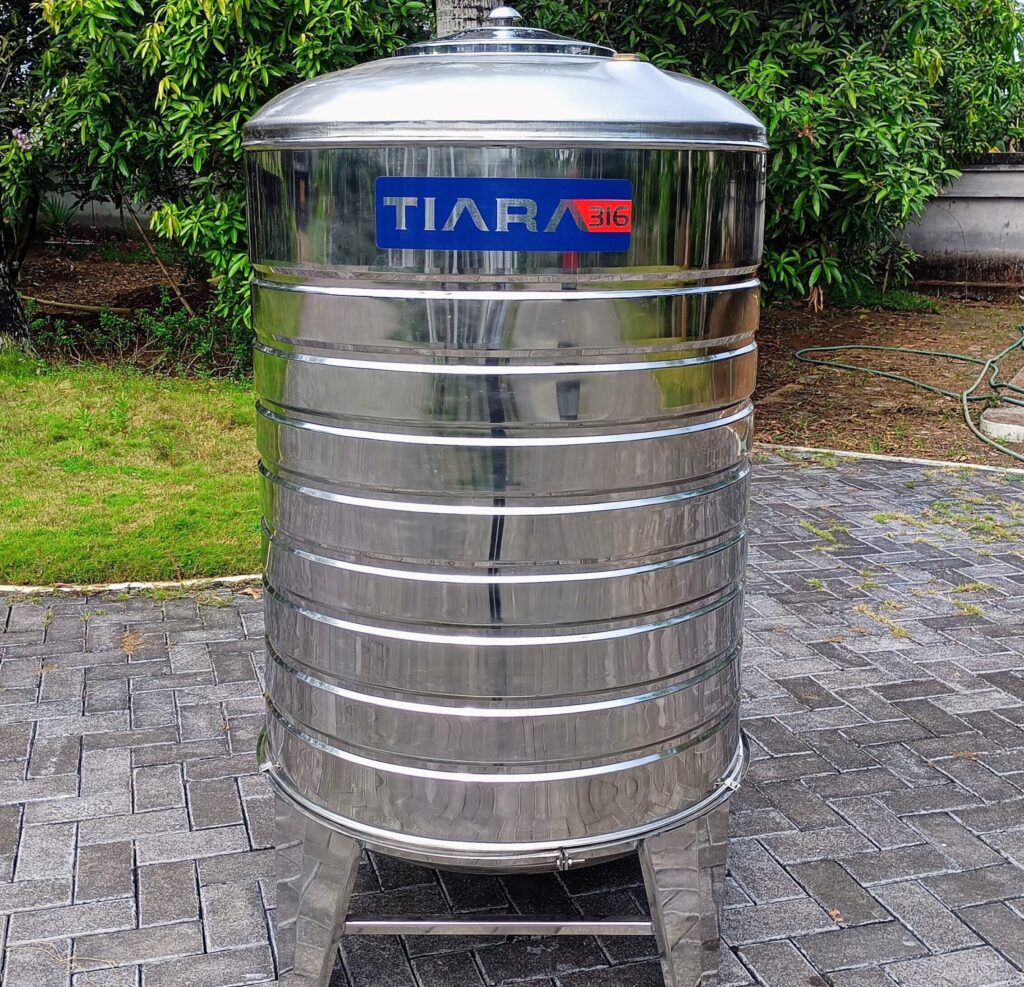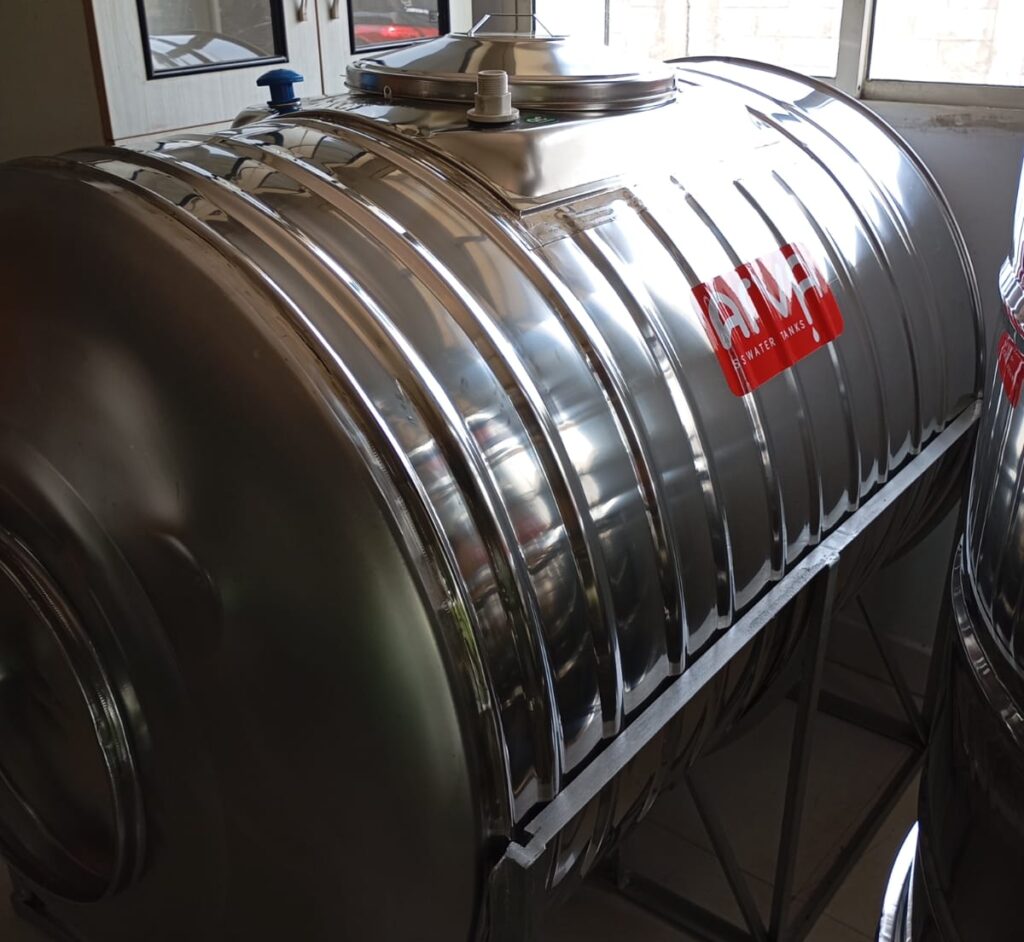
When it comes to water storage solutions, one of the primary decisions facility managers, homeowners, and businesses face is whether to choose a horizontal or vertical tank. Both options have unique strengths that suit different applications. Understanding these differences is essential to making an informed choice that meets your specific needs. This blog post will explore key factors to consider when selecting between horizontal and vertical water storage tanks.
1. Space Availability
The physical space you have available is perhaps the most significant factor in your decision. Horizontal tanks typically require more ground space due to their elongated shape, making them suited for areas where horizontal expansion is feasible. Conversely, vertical tanks occupy a smaller footprint, which makes them ideal for locations with limited ground area, such as small yards, commercial buildings, or industrial sites.
2. Volume and Capacity
Both horizontal and vertical tanks come in a variety of sizes, but they serve different volume needs. Horizontal tanks are often designed for larger capacities and long-term storage, making them a suitable choice for agricultural applications or large-scale industrial use. Vertical tanks, on the other hand, usually provide effective storage for smaller volumes, making them ideal for residential use or applications with compact water systems.
3. Accessibility and Maintenance
Accessibility can vary significantly between horizontal and vertical tanks. Horizontal tanks require more ground-level access, which might complicate maintenance or monitoring operations. Conversely, vertical tanks may allow for easier inspection and maintenance due to their height, enabling personnel to reach key components with more ease. However, if the tank’s height exceeds standard ladders, additional measures may be required to ensure safe access.
4. Installation Considerations
The installation process for both types of tanks can differ considerably. Horizontal tanks usually demand more preparation in terms of leveling and anchoring due to their structure, which places much of the weight on a smaller base. Vertical tanks, while still requiring proper installation and anchoring, often benefit from a more straightforward process due to their stable design. It is always recommended to consult with an experienced technician during installation to ensure safety and optimal performance.

5. Durability and Material Considerations
The material composition of both types of tanks can also influence your decision. Most tanks are made from materials such as polyethylene or fiberglass. Polyethylene tanks are lightweight and resistant to corrosion but are generally less durable under harsh conditions. On the other hand, fiberglass tanks can withstand extreme temperatures and are more robust, making them suitable for heavy-duty industrial applications. Assessing the environmental conditions and the intended use of the water can help determine the best material choice.
6. Cost Implications
Lastly, considering the cost can ultimately make or break your decision. Generally, horizontal tanks may be less expensive than their vertical counterparts, especially in larger volumes. However, the total cost also includes factors like installation, maintenance, and site preparation. Budgeting for both the upfront and long-term expenses will provide a clearer picture of which option is most feasible financially.
Conclusion
Choosing between horizontal and vertical water storage tanks involves evaluating a variety of factors, including space availability, capacity, maintenance, installation, durability, and cost. By carefully considering these elements and determining your specific needs, you can make an informed decision that maximizes efficiency and effectiveness in your water storage solution. Whether you opt for the expansive nature of horizontal tanks or the space-efficient design of vertical tanks, ensuring that your choice aligns with your operational or residential goals will lead to a successful water management strategy.


